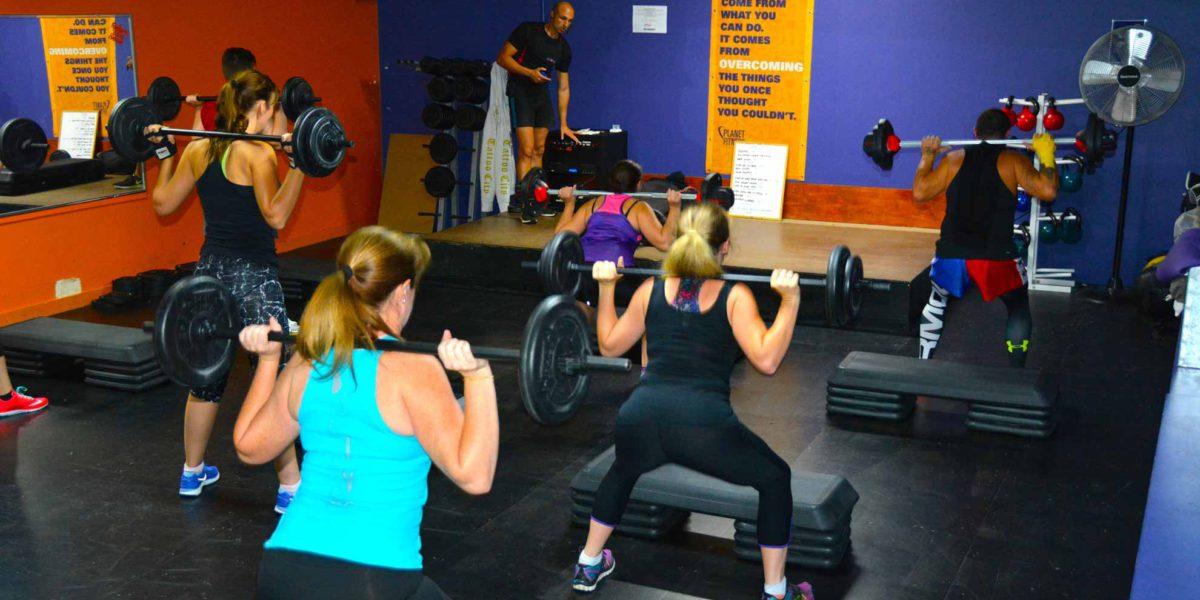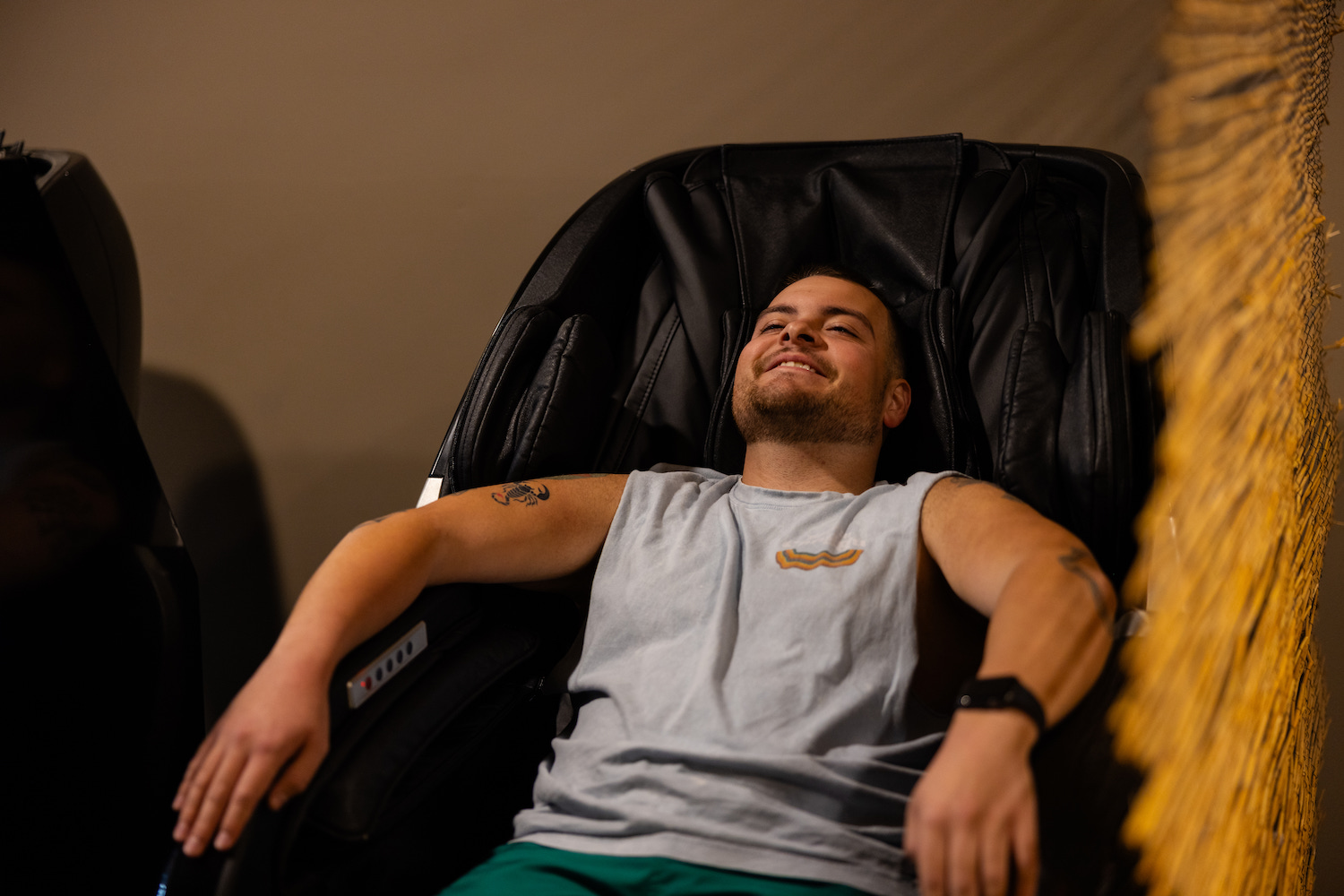Super setting exercise helps keep your body longer in the working threshold. This is where you work from one exercise straight into another with little or no rest. When you mix the right combinations of exercise you are able to accelerate your rate build lean muscle. When you finish doing exercises in this format you aim to feeling fatigued. This pushes a lot of blood into the muscles and leaves feeling pumped.
First of all, supersetting can be done in a few different ways. You can do antagonist supersetting, which is the pairing of two opposite muscle groups such as biceps and triceps, chest and back, and quads and hamstrings. This is quite effective for getting one muscle loose while its antagonist contracts. When the biceps are contracted, the triceps are relaxed. This can allow for more weight to be used or additional reps to be performed. You can also do agonist supersetting which is the pairing of two exercises for the same muscle.
For example, you can superset bench press with dumbbell flyes or squats with leg extensions. Usually agonist supersetting is a combination of a compound movement with an isolation movement. Pairing two compound movements could be too intense the same way that pairing two isolation movements could lack the intensity provided by a combination of compound and isolation.
The last way to superset is unconventional but is still valuable and saves time. You can superset two exercises that work completely different body parts such as triceps and back, biceps and chest, or quadriceps and calves. In these cases, for example, you could superset skull-crushers with deadlifts, barbell curls with bench presses, and squats with calf raises. Again, a compound exercise is usually supersetted with an isolation movement.
These are the five most common types of supersets:
PRE-EXHAUSTION SUPERSETS – For example, leg extensions followed by squats. This method allows you to exhaust a muscle group by performing an isolation exercise and then really work it hard through a compound exercise. Check your ego at the door when using this method because your muscles will already be tired by the time you perform your big compound exercise such as squats or bench press. Start out with a lighter weight than you normally would and you will see exactly why this method is so effective.
POST-EXHAUSTION SUPERSETS – For example, squats followed by leg extensions. This method of supersetting takes pain to a whole new level. It takes a compound exercise and then adds an isolation exercise after that to completely trash all the muscle fibers in a certain muscle group.
COMPOUND SUPERSETS – For example, bench press followed by incline bench press. This method should only be used by more advanced trainees because heavy weights are being used in both parts of the superset which can lead to heavy CNS (Central Nervous System) stress.
ISOLATION SUPERSETS – For example, barbell curls followed by hammer curls. This method allows you to focus on completely destroying a muscle group. You can do double the work in roughly the same amount of time and focus it all on one muscle group which is why this is also effective.
STAGGERED SUPERSETS – For example, bench press followed by calf raises. This method is probably the least taxing of the supersetting methods because you work two completely unrelated muscle groups. This allows you to work lagging body parts in between sets but make sure that you do not superset back with biceps, chest with triceps or shoulders with chest because each muscle group is worked indirectly when training the other muscle group. This method is not meant for that. It is meant to allow for full rest and recovery of a muscle group like in straight sets but at the same time you can work other muscle groups in between.
Sourced from: BodyBuilding.com





